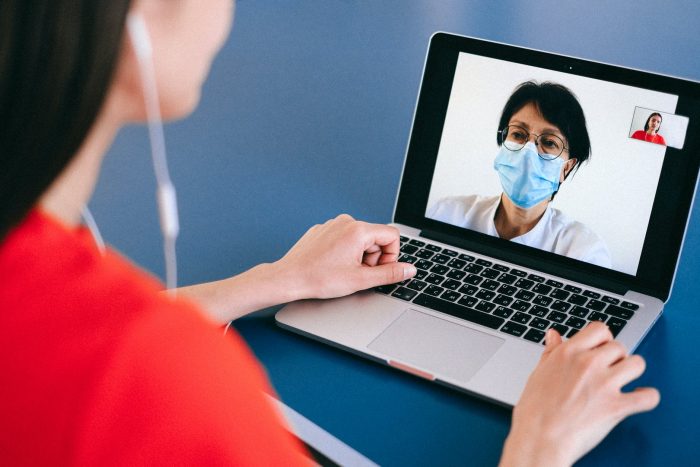Healthcare is rapidly moving into the future, and telehealth is quickly proving to be one major component of modern medicine. What is telehealth? Essentially, it’s the practice of using technology to conduct virtual visits, including videoconferencing and remote monitoring.
Telehealth has been available for years, but during the pandemic, its availability expanded considerably, due to stay-at-home orders and many essential services moving online. Not only are more doctors offering telehealth options than ever before, but more patients are gaining awareness of this convenient option.
With that said, is telehealth better for patients than in-person healthcare? As with many things, there are lots of benefits, with a few drawbacks and limitations. Here’s what you need to know.
The Benefits of Telehealth
There are many benefits of telehealth. The most obvious is convenience. It can be frustrating to go to the doctor’s office and spend a lot of time in the waiting room, only to talk with the doctor for five minutes. It can feel like a huge waste of time and a hassle. It’s also convenient for doctors as fewer patients will run late and they don’t have to worry so much about who is in the waiting room.
People who live in rural areas or don’t have access to reliable transportation often face access issues. It’s more than just a simple annoyance to go to the doctor; they might have to spend hours getting there, call in favors from friends and family for a ride, and take time off from work.
Lack of access increases health disparities and may prevent people from getting the care they need. People with chronic illnesses might need to schedule regular appointments with their doctor or risk their condition getting worse.
Telehealth can improve the patient experience across demographics by making it much more convenient to get essential health information and advice from a doctor. While telehealth visits aren’t appropriate for visits requiring a physical exam or in-depth treatment, they can be a great option for consultations, check-ins, and more.
Another benefit of telehealth is that it can reduce stigma for patients. Some people don’t feel comfortable discussing their health conditions in an office setting, due to the way others might view them. Telehealth offers privacy and access to expert medical care in a comfortable setting.
Some patients may experience stigma discussing their health conditions in a provider’s office. Telehealth gives patients the opportunity to freely talk about their conditions from home. Patients don’t have to worry about being late to appointments or spend an extensive amount of time in waiting rooms, helping to improve the patient experience.
The Benefits of Telehealth for Mental Health Therapy
Both mental and physical health are extremely important for overall well-being. The great news about telehealth is that it is so well-suited to mental and behavioral healthcare. In most cases, a therapist and patient will only need to talk, unless tests are needed to rule out any physical causes of mental illness.
Many people can benefit from mental health therapy and telehealth is helping to bring down barriers in accessing this kind of care. Counselors of all kinds are embracing this trend and providing virtual visits for some clients. There are even websites where people can connect with mental health professionals and benefit from therapy in a more informal way.
Telebehavioral health, along with an increased awareness of mental health concerns is slowly chipping away at stigma and barriers associated with this type of care. In the future, telehealth may be able to help reduce health disparities and bring care to those who need it the most.
Telehealth’s Potential Post-Pandemic
Many people are wondering if telehealth will continue to thrive after the pandemic is over. Data is starting to emerge surrounding the potential of telehealth in the future, with some patients saying they will continue to choose virtual care when practical.
Some hospitals and doctors are seeing more in-person visits return than others. At Cleveland Clinic, only about 20% of visits are likely to remain remote, while Stanford Healthcare expects 30-40% telemedicine visits.
With the pandemic receding, it’s likely that telehealth will continue to be an option for some patients who don’t need to see a doctor in person. However, there are some visits that simply aren’t suited to virtual communication. In the end, it’s important for patients and doctors to understand both the benefits and limits of this powerful healthcare tool.












Read 0 comments and reply